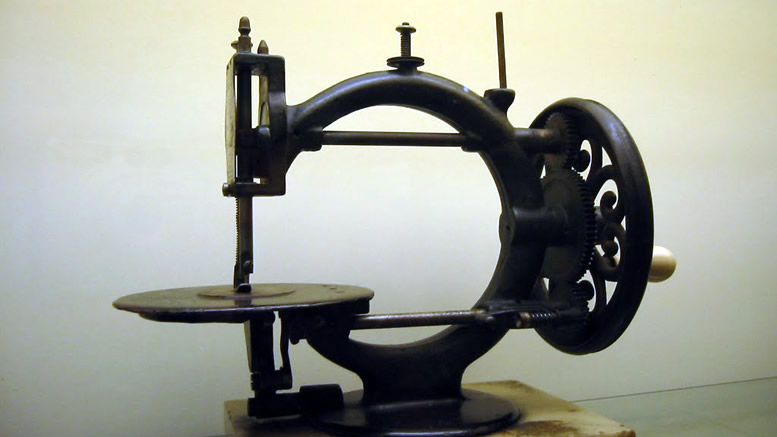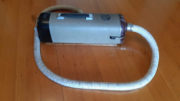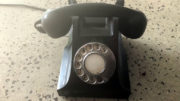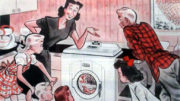 The first machine in the home was the sewing machine. At the time during the 1850’s it was seen to be a miracle that a machine could do such a fiddly task like sewing.
The first machine in the home was the sewing machine. At the time during the 1850’s it was seen to be a miracle that a machine could do such a fiddly task like sewing.
The first ever patent of a sewing machine was in 1790 by Thomas Saint. It used a chain stitch that is popular in embroidery, this way he could use a needle with a hook at the bottom on a single thread. It is very doubtful if Saint ever built a machine because when one was reproduced from the original plans several years later it had to be heavily modified to work.
The first practical use of a sewing machine was seen in 1829, after years of failure a French inventor named Barthelemy Thimmoniér had perfected the chain stitch machine. By 1841 he had his first patent and 80 machines sewing army clothes in a Paris factory. He was later ruined when a mob of angry tailors fearing their livelihood broke into the factory and destroyed all the machines. Thimmoniér later died penniless.
Although the chain stitch machine did work reasonably well it was not perfect. The stitch pulled apart very easily and was not very neat. The forerunner to today’s machines was invented in America by Walter Hunt in 1834. It used a lockstitch and was very complicated compared to previous machines due to the need for two threads. He did not patent his design at the time of invention and when he tried later to obtain a patent he was not allowed, as he had abandoned the project earlier.
In 1845 the lockstitch machine was perfected by an American named Elias Howe. He patented his machine and took it to England where he sold the patent rights. At first all machines looked and functioned differently, but by the 20th century they all looked alike mainly due to the market dominance of the Singer brand.
Isaac Merrit Singer was a American mechanic who loved the theatre and in 1839 he sold a design for an excavator for $2000. With that money he set up a theatre company, called The Merrit Players, that went bankrupt after a few years. In 1851 he found an early sewing machine, convinced he could do better he built his first prototype in just eleven days. His machine was not a very original design and Singer was sued by Howe for infringing his patent. This entitled Howe to royalties for all sewing machines built in America. Despite this setback Singer was brilliant at selling his machines and with a lawyer named Clark he set up the first ever hire purchase scheme. Another policy the company had was to destroy any trade in received so they would reduce the second hand market. By 1867 he was very rich and had 18 children to various wives and mistresses. Clark had persuaded him to move to Torquay in England where he died in 1875 with 24 children.
The only other major patents was in 1850 when the rotary bobbin and the four motion feed was patented by the American inventor Allen Benjamin Wilson. Another major innovation was the foot that holds the material down which was patented by Singer.
Although the style of machine was perfected it was not until the 1920’s that the electric motor was added. Previously they experimented with steam, water and clockwork but most early machines used the foot operated treadle. With electricity they really took off and decreased the cost and expanded the range of “off the shelve” clothing stores, thus reducing the home machine to just a hobby today.




